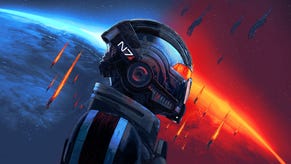Face-Off: Mass Effect 2
Hi, I'm Commander Shepard and this is my favourite platform on the Citadel.
The most noticeable difference between the two games comes down to lighting. In our original Mass Effect 2 demo comparison story we posted at the tail end of last year, we speculated that the new ME3 tech may have necessitated the changes. Subsequent to that, there has been the suggestion that the firm simply wanted to make the PS3 game "clearer and more vibrant".
As we said in the demo analysis, at the end of the day the changes will be important or not based on personal preference - for example, some of the lighting is to our taste, and some of it isn't. The PS3 game doesn't feel especially clearer or more vibrant, but there's a definite sense that it's rather more inconsistent than it was before, to the point where the lighting in the occasional scene just doesn't seem logical. In other cases, there are changes but they are subtler - a slight tweak to the ambient lighting level, perhaps.
We're still left rather puzzled by these changes. Was it really a purely design-led decision to make the game brighter and more vibrant? Looking at Mass Effect 2 in its original form, of all the things you might want to improve, was there really anything wrong with the way the game was lit? The impression is that the change here is an answer to a question nobody was asking.

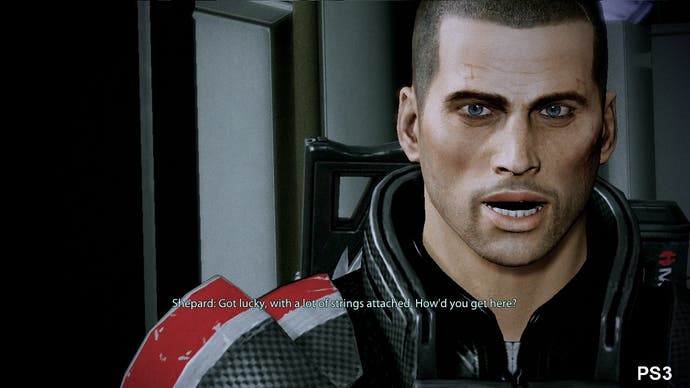
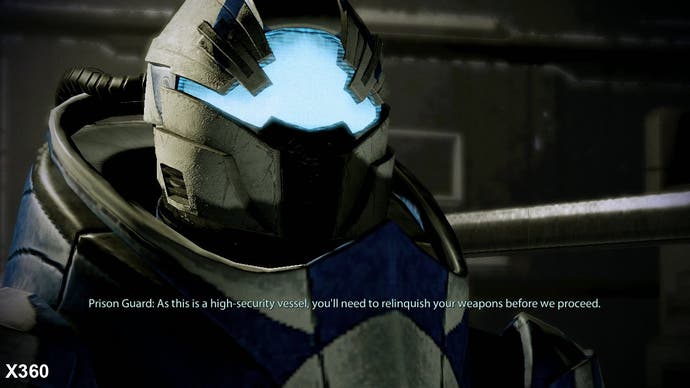

While Mass Effect 2 may well be based on the Unreal Engine 3 engine (favouring multi-platform development) the firm had the luxury of concentrating resources on getting the best possible 360 game out of the door last year. The 360 has a couple of crucial RAM advantages over the PlayStation 3: developers have access to the whole 512MB RAM to do with as they please, whereas there is a clear split on PS3 with two independent pools of 256MB. Also, while the OS footprint of the PS3 has been falling, it is still generally accepted to be the case that the 360 OS takes up a significantly smaller area of system RAM.
Our fear with a PS3 conversion of Mass Effect 2 was that the artwork would need to be compromised to accommodate these factors. In the demo analysis, we pointed out how Miranda's costume had lost some of its normal mapping but compensated with a higher-resolution texture. With the final game in our possession, we see plenty more of this sort of tweaking, and while it does seem to be the case that specific artwork elements have been pared down, there is still the occasional piece of artwork with more detail than in the Xbox 360 version. The overall impression is that BioWare's work on the art has been outstanding, and in motion there's very little in the way of difference whatsoever.

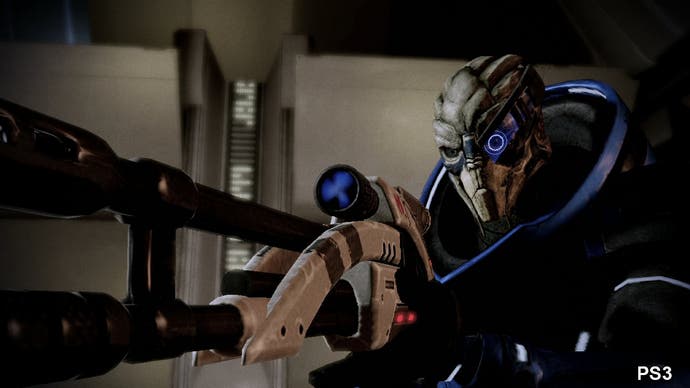


Otherwise, not much has changed from our conclusions about the respective merits of the two games that we discussed in the Mass Effect 2 demo analysis: precision in some of the shader effects appears to be higher on the Xbox 360, for example, while there are still differences in shadow filtering. The effect definitely appears to be more realistic on the PlayStation 3.
Technical differences are all very well and good, but most likely of far more interest to the average gamer is the thorny issue of cost. There is a definite disparity here, because at the time of writing Mass Effect 2 on Xbox 360 costs just £12.14 bought brand new from one of Amazon's "preferred merchants", while the same e-tailer wants £38.79 for the game on PS3. The chances are that you can lower that a bit with some adept Googling, but on the face of it, PS3 owners are effectively getting a year-old game - albeit an astonishingly good one - but paying three times as much for the privilege.
Charging full-price for an old game might like a bit of a swizz, but off-setting this difference somewhat is the inclusion of all the existing Mass Effect 2 DLC and then some. All the paid-for downloads from Xbox Live are included on the disc, so that's the Overlord, Kasumi's Stolen Memory and Lair of the Shadow Broker packs, which have a combined value of 1920 Microsoft points (around £16.50). The rest of the downloads, including the Mass Effect interactive comic, are Cerberus Network DLC which requires the use of a download token included in the pack.
By and large the DLC is worthwhile and adds a decent amount of new stuff to the game, but there's still the nagging feeling that punters would rather pay the £12.14 and purchase the DLC separately as and when they pleased.
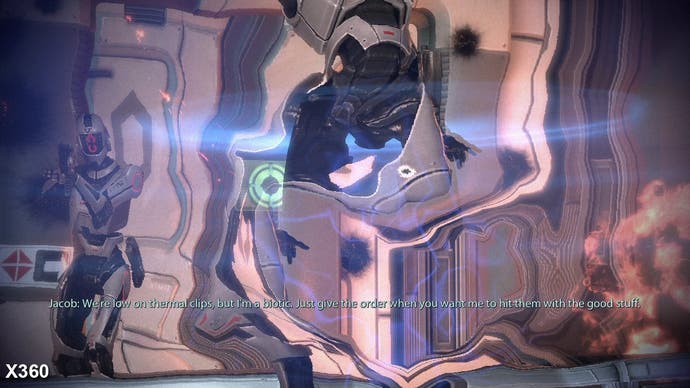
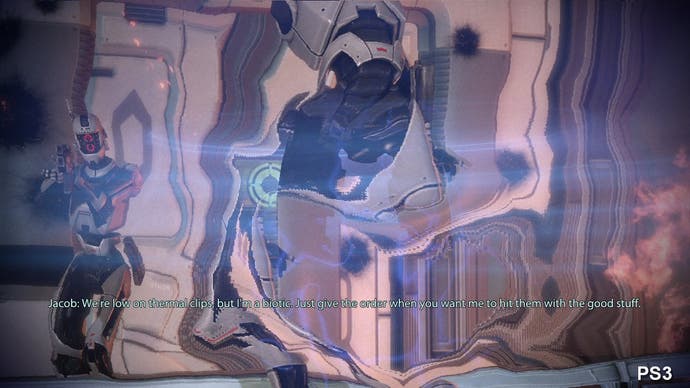
On the plus side, getting all the DLC integrated right from the get-go does genuinely benefit the gameplay experience: Kasumi's a pretty decent character to have, while Zaeed's quips throughout the game are great - and you'll get the most from these additions by having them available early in the story. Having The Lair of the Shadow Broker built-in is just phenomenal, and once again there are many advantages to completing it fairly early on in the main mission.
The Dark Horse interactive comic does the job of bringing PS3 owners up to date with the Mass Effect storyline, and of course gives you the chance to make the key decisions that have ramifications for the story in both this sequel and the concluding chapter in the saga - check out our Mass Effect comic walkthrough to get a flavour of the comic. It's curious that BioWare went with a traditional comic format when a CG rendering in the style of the game would have been a better fit stylistically, and could have incorporated "your" designer Shepard.
We're in two minds about the whole concept of the comic. BioWare has made the best of a bad situation, but condensing down 30-40 hours of gameplay into 15 minutes has its consequences: you are asked to make decisions without the wealth of background information the original game gave you. Whether we're dealing with Shepard's love life or the genocide of an entire race, you never quite feel comfortable in making such monumental decisions when so much of the back story is not available.





